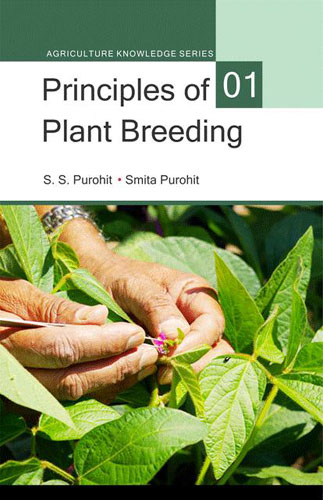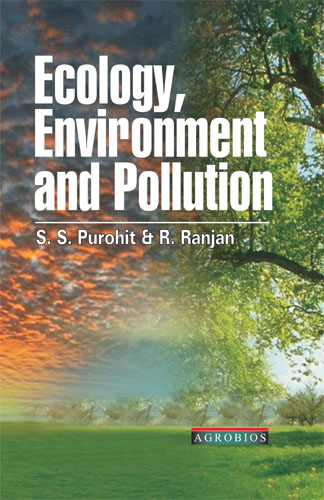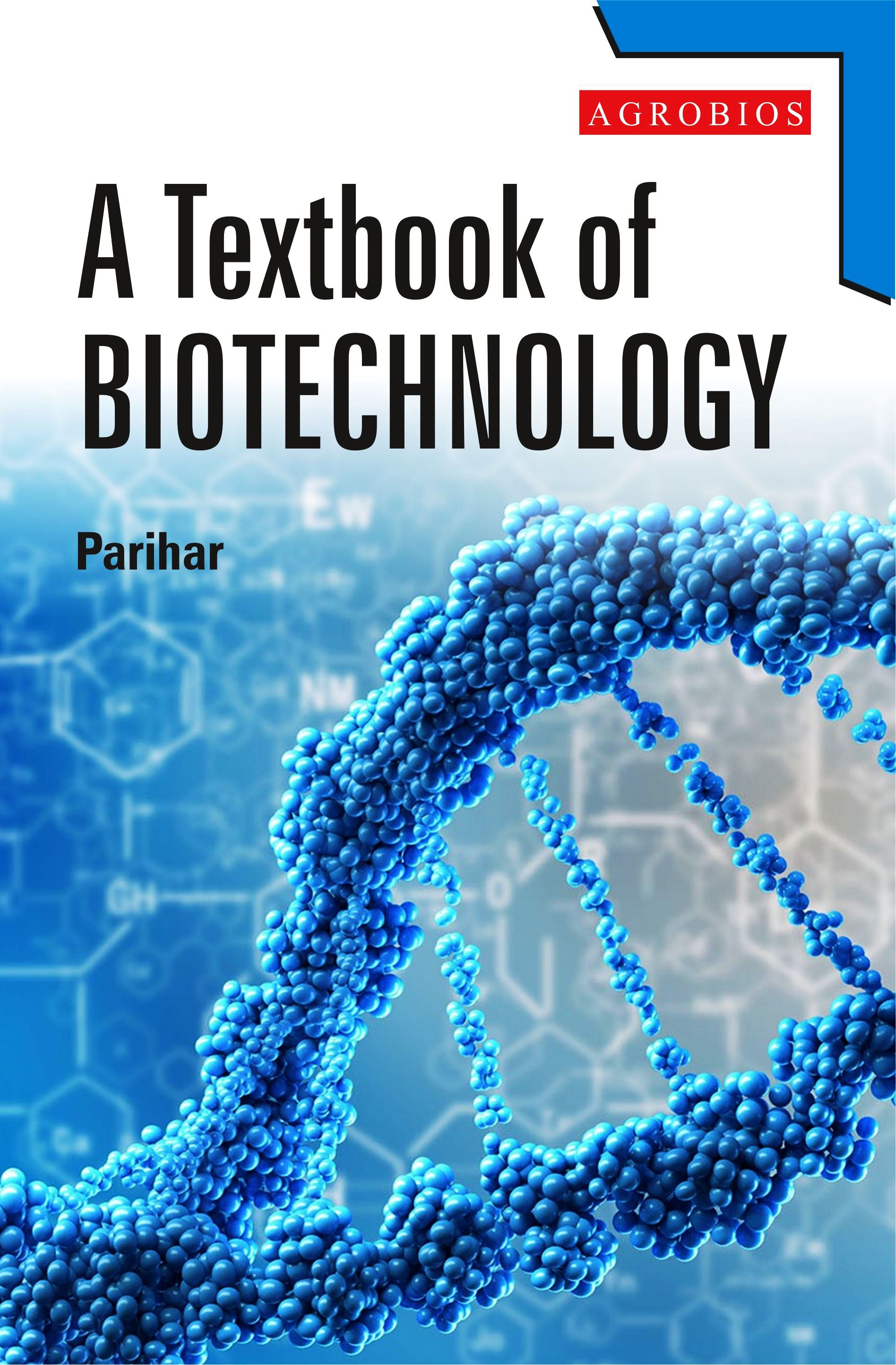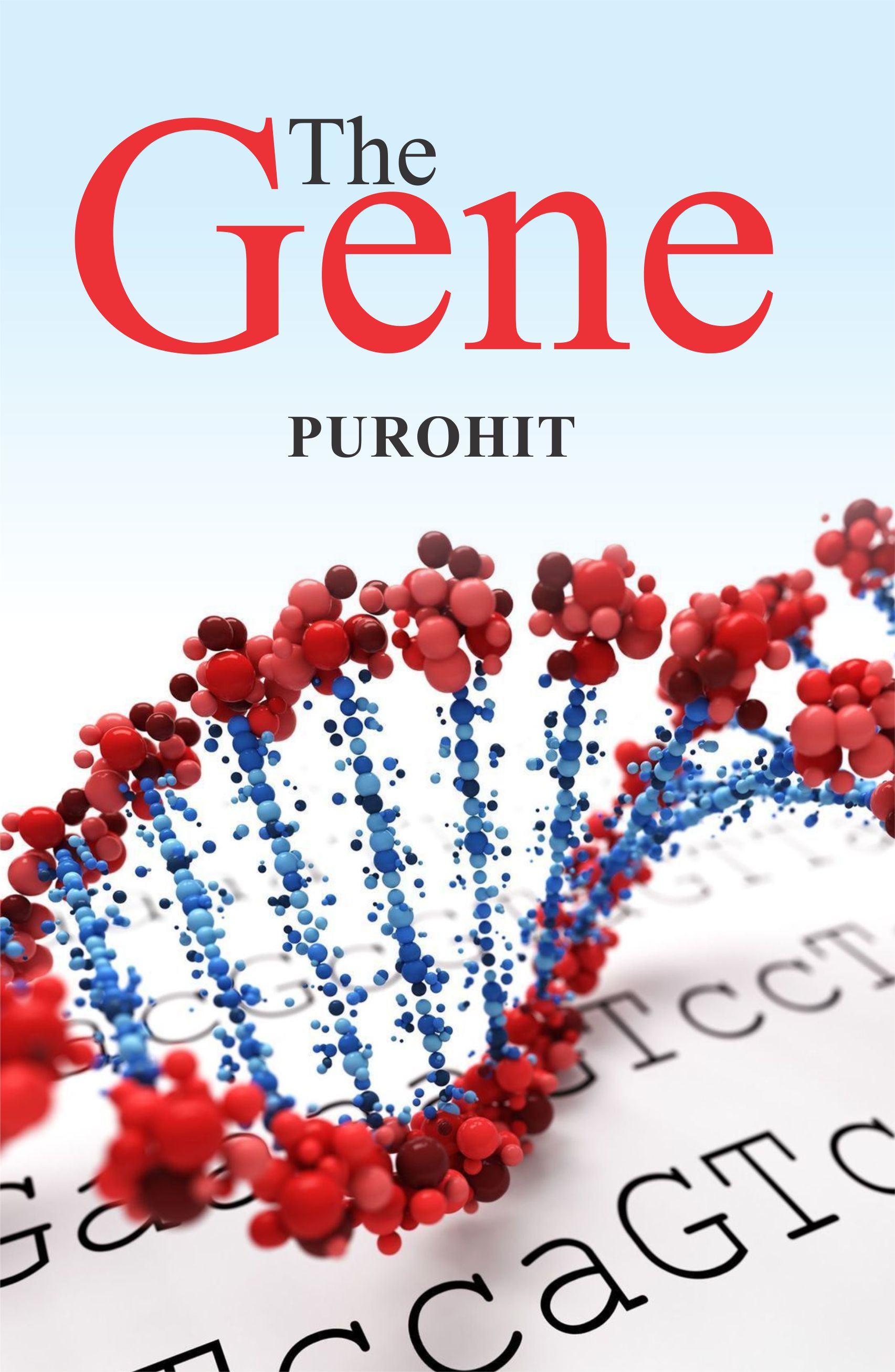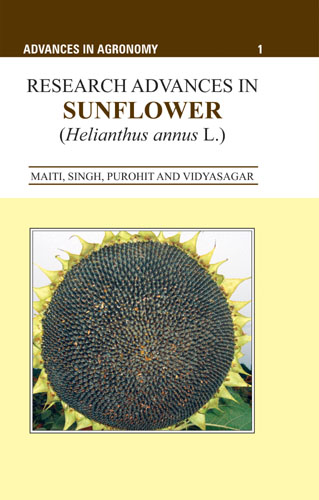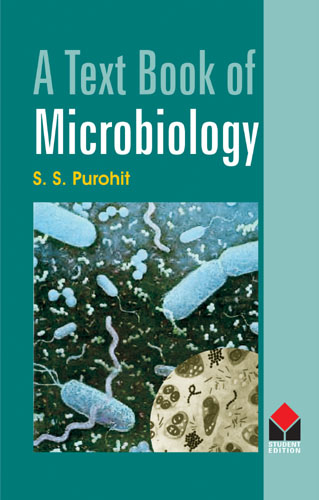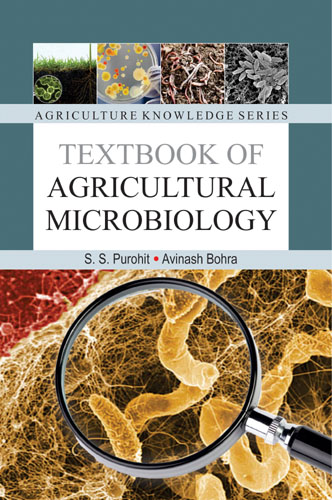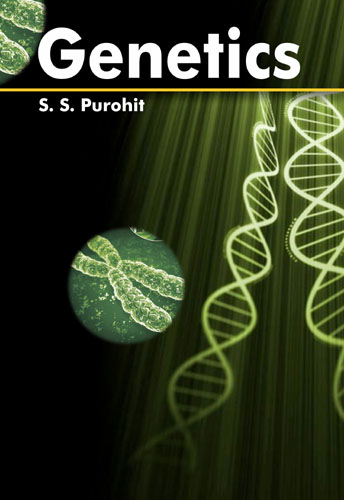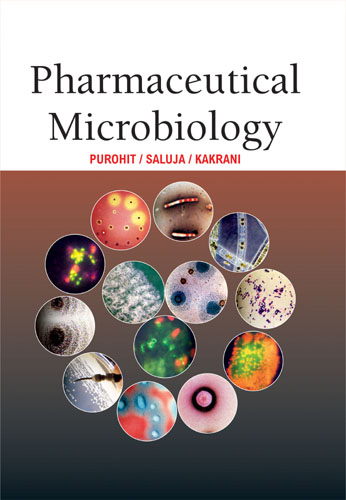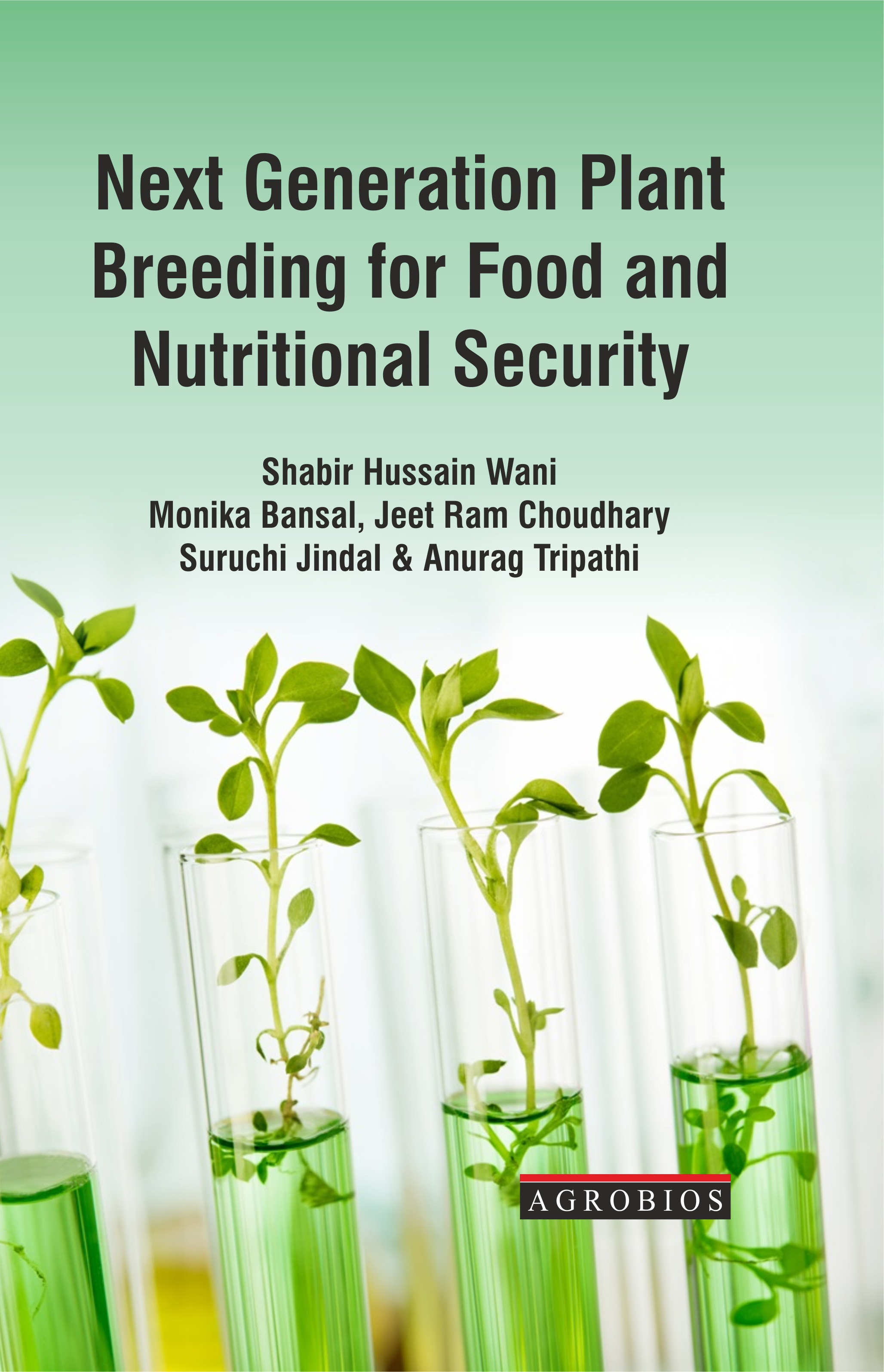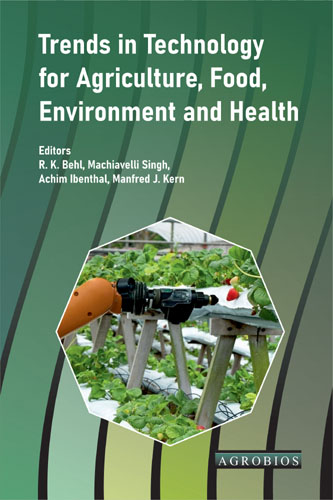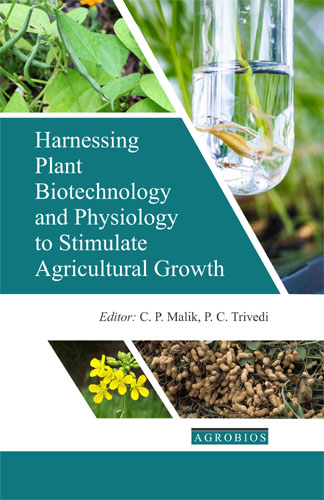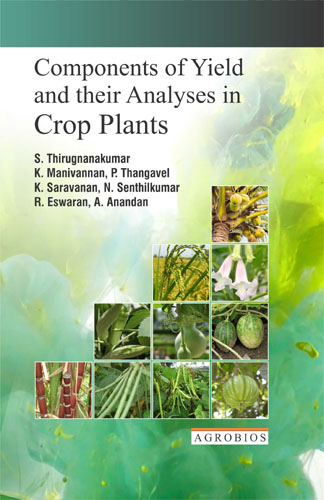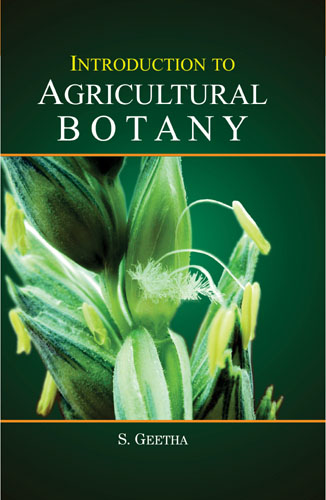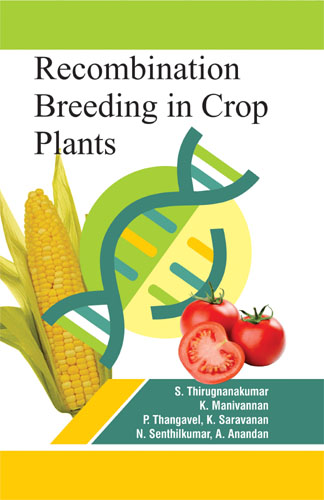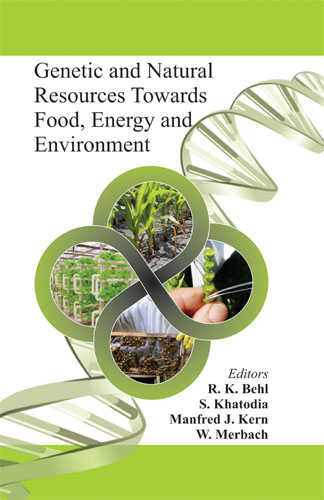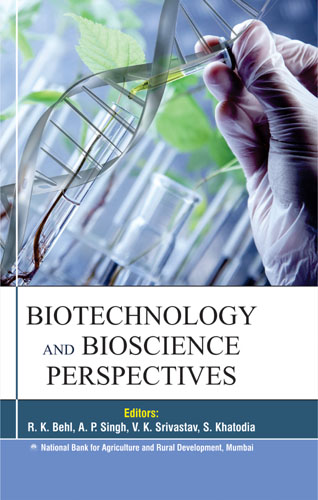Principles Of Plant Breeding
Breeding of farm crops is a deliberate effort by humans based on heredity. Breeding of plants is based on sexual process in effecting a desired change, however, modern plant breeding also includes the manipulation of asexually reproducing plants (plants that do not reproduce through the sexual process). With the advancement in technology, plant breeders are increasingly able to accomplish astonishing plant manipulations. One of the most controversial technologies is transgenesis in which gene transfer is made across natural biological barriers, e.g., field crops (e.g., species, e.g., soybean, cotton), horticultural crops (e.g., vegetables), ornamentals, fruit trees (e.g., citrus, apple), forage crops (e.g., alfalfa, grasses), or turf. The reasons for manipulating plant attributes or performance change according to the needs of society. Plants provide food, feed, fiber, pharmaceuticals, and shelter for humans.
The study of plant breeding is essential to gain the knowledge, that how plant breeder improves various parameters of plants e.g., Agronomic characters, determinate growth habit, disease and pest resistance, dormancy, elimination of toxic substance, higher yield, improved quality, maturity duration, moisture stress and salt tolerance, non-shattering characteristics, photo and thermo insensitivity, synchronous maturity, useful for mechanical cultivation, varieties for a new season, wider adaptability, etc.
Present book is an effort to meet the requirements of the students of plant breeding of all Indian Universities. The book includes the chapters like: History of scientific agriculture crop plants, History of plant breeding, The science of plant breeding, Systems of classification, Floral biology, Emasculation and pollination of crops, Pollination (General), Modes of reproduction, Apomixis, Principles and methods of plant breeding, Selection: mass and pureline, Hybridization, Methods of handling of segregating generations, Incompatibility and male sterility, Heterosis, Population improvement programmes, Methods of breeding for vegetative propagated crops, Mutation breeding, Ploidy breeding, Wide hybridization in crop improvement. In the end glossary has been added. The book is appended with two appendices: (1) Breeding methods of important crops and (2) Agricultural research institutes in India.
The book has been designed as per ICAR syllabus to meet out the demand of the students of agriculture. We are sure the teachers and students will be benefited.
Dr. Purohit SS
 555
555
Table of Contents..
- History Of Scientific Agriculture: Crop Plants
- History Of Plant Breeding
- The Science Of Plant Breeding
- Systems Of Classification
- Floral Biology
- Emasculation And Pollination Of Crops
- Pollination (General)
- Modes Of Reproduction
- Apomixis
- Principles And Methods Of Plant Breeding
- Selection: Mass And Pureline
- Hybridization
- Methods Of Handling Of Segregating Generations
- Incompatibility And Male Sterility
- Heterosis
- Population Improvement Programmes
- Methods Of Breeding For Vegetative Propagated Crops
- Mutation Breeding
- Ploidy Breeding
- Wide Hybridization In Crop Improvement
- Glossary
- Appendix
Book Details
Book Title:
Principles Of Plant Breeding
Principles Of Plant Breeding
Book Type:
TEXT-CUM-REFERENCES BOOK
TEXT-CUM-REFERENCES BOOK
No Of Pages:
234
234
Color Pages :
0
0
Color Pages :
0
0
Book Size:
AMERICAN ROYAL (6X9)
AMERICAN ROYAL (6X9)
Weight:
500 Gms
500 Gms
Copyright Holder:
All Rights Reserved
All Rights Reserved
Imprint:
M/s AGROBIOS (INDIA)
M/s AGROBIOS (INDIA)
Readership:
PG STUDENTS | UG STUDENTS |
PG STUDENTS | UG STUDENTS |



